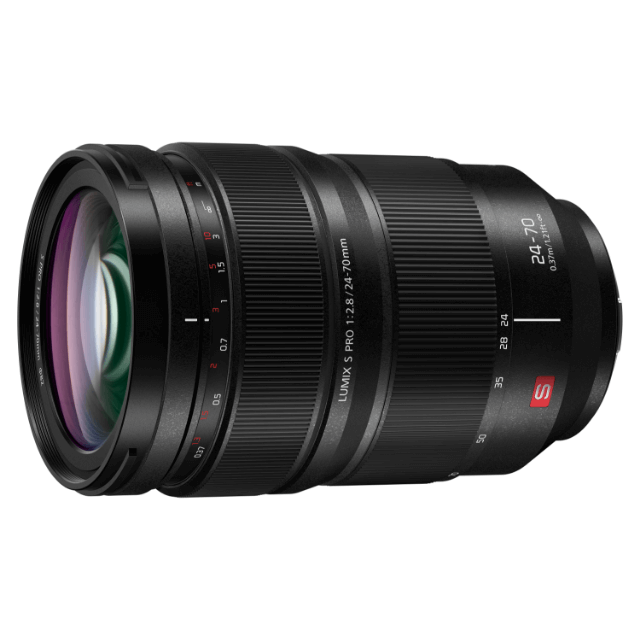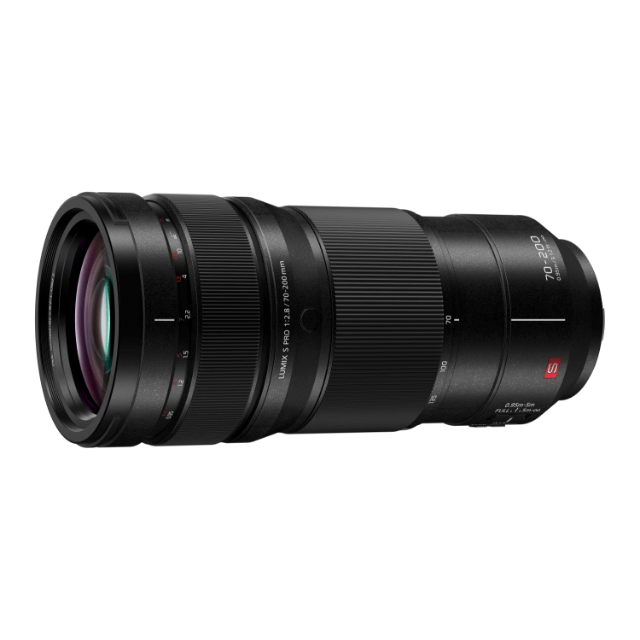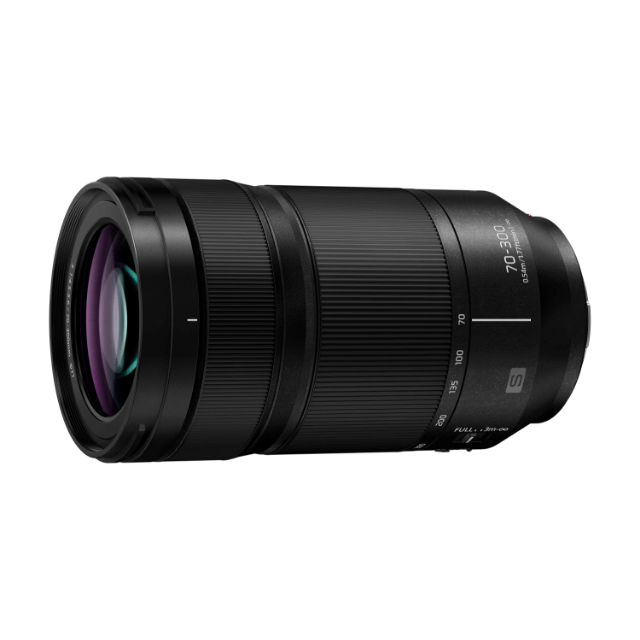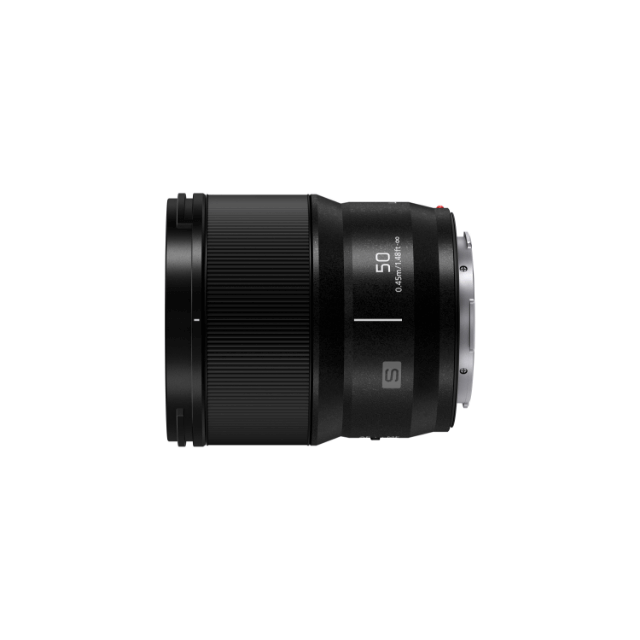
This is the Optical Design Department- Sixth Edition [LUMIX S 14-28 mm F4-5.6 MACRO]
Hello, everyone.
"This is the Optical Design Department" is a series that takes an in-depth look at LUMIX lenses.
In "This is the Optical Design Department", we in the Optical Design Department will explain the lens designs and their features, as well as the dedication and philosophy behind our work that you will not find in our catalogues or websites.
For those who are considering purchasing a camera lens, we encourage you to learn more about the design philosophy behind LUMIX lenses, and for those who already own a LUMIX lens, we hope you enjoy learning about the unparalleled attention to detail and thought that goes into the superb image quality you enjoy in your photography.
This is an article that explains various lenses written by developers full of technical jargon. By reading this, you too will be peering into the depths of enthusiasm for lens collecting.
The sixth article is about the LUMIX S 14-28 mm F4-5.6 MACRO, explained by Kitada.
The ultra-wide-angle zoom lens the S Series aims to be
This lens was developed as the third in a series of affordable zoom lenses, following the LUMIX S 20-60 mm F3.5-5.6 and the LUMIX S 70-300 mm F4.5-5.6 MACRO O.I.S.
We have already covered the LUMIX S 70-300 mm F4.5-5.6 MACRO O.I.S. in 'This is the Optical Design Department- Fourth Edition', so we will skip the explanation and give a brief introduction to the features of the LUMIX S 20-60 mm F3.5-5.6.
The LUMIX S 20-60 mm F3.5-5.6 is a standard zoom lens with 20 mm at the ultra-wide-angle end, which was very rare at the time. It features excellent image rendering performance across the entire zoom range, a compact and lightweight design, and a short minimum focusing distance despite its 20 mm ultra-wide-angle end.
It was extremely well received and was the first LUMIX interchangeable lens to win the Camera Grand Prix Lens Award.
After repeated discussions with the Product Planning Department about what was required of a zoom lens covering the ultra-wide-angle range in this series, the following three points were selected as the development concept for the LUMIX S 14-28 mm F4-5.6 MACRO.
1. Excellent image rendering performance throughout the zoom range, from the ultra-wide-angle 14 mm to the wide-angle 28 mm.
2. A wide-angle macro function, allowing you to get closer to your subject throughout the entire zoom range.
3. Portability and excellent operability in any shooting environment.
By making these points a reality, we aimed to create a lens that could be used in a wide variety of shooting situations — from landscapes and snapshots to ultra-wide-angle macro photography that captures both the subject and its surroundings, and half-macro shots at the telephoto end to emphasise the subject.
This section explains 1. and 2., which are largely determined by the optical design.
Excellent resolution performance throughout the zoom range, from ultra-wide to wide-angle
The diagram below shows the lens configuration of the LUMIX S 14-28 mm F4-5.6 MACRO.

The lens construction consists of 14 elements in 10 groups, incorporating one aspherical ED lens, one aspherical lens, three ED lenses, and one UHR lens, carefully positioned to correct spherical, chromatic, and other aberrations, delivering outstanding image quality.
In particular, a large-diameter aspherical lens positioned as the second element from the front minimises the distortion typically seen at ultra-wide angles. The refractive power of the lens groups that move during zooming is arranged in a four-group zoom configuration — negative-positive-negative-negative from front to back — providing highly effective compensation for aberration variations during zooming.
These features have resulted in an ultra-wide-angle zoom lens that delivers high image rendering performance throughout the entire zoom range, while remaining compact, lightweight, and capable of accepting filters — starting from an ultra-wide-angle of 14 mm.
The MTF chart shown here also shows high values at both the wide end and the telephoto end.

The MTF chart shows that the MTF values for 30S and 30M are higher at the wide end than at the telephoto end, with minimal variation from the centre to the edges of the image — indicating excellent image flatness.
To achieve a high MTF value equivalent to that of the wide end throughout the zoom range, it would typically be necessary to increase the number of lens elements, aspherical lenses, or groups that move during zooming. However, doing so would compromise the affordability, compactness, and light weight that form the core concept of this lens.
As ultra-wide-angle lenses are generally used for subjects such as landscapes at the wide end, this lens has been optically designed with a particular emphasis on achieving high image flatness at the wide-angle end.
Wide-angle macro function for close-ups across the entire zoom range
In general, ultra-wide-angle zoom lenses tend to have a short focus movement from infinity to the minimum focusing distance (focus stroke). However, with a minimum focusing distance of 0.15 m maintained throughout the zoom range, a focal length of 28 mm, and a shooting magnification of 0.5x (half macro), the focus stroke inevitably becomes longer, which in turn increases aberration variations during focusing.
While the double-focus system used in the S PRO series is effective in minimising aberration variation during focusing, it is difficult to achieve at an affordable price.
The lens, therefore, adopts a single-focus system in which a single lens group is used for focusing to keep costs down. At the same time, aberration variation during focusing is minimised by employing a doublet lens for the focus group and positioning an ED aspherical lens immediately in front of the focus group.
The following images show examples of acorns shot with 14 mm and 28 mm at a minimum focusing distance of 0.15 m. The 14 mm can highlight the main subject while preserving background detail, while the 28 mm can blur the background to bring out the main subject, allowing you to enjoy a variety of macro expressions with a single lens.

Example of f=14 mm 0.15 m

Example of f=28 0.15 m
Lastly

This article has provided an overview of the optical design of the LUMIX S-series ultra-wide-angle zoom lens, the LUMIX S 14-28 mm F4-5.6 MACRO.
Despite being an ultra-wide-angle zoom, this lens is remarkably lightweight at just 345 g. We hope you will enjoy carrying it with you and using it in a wide variety of situations — from capturing the dynamic perspectives unique to ultra-wide-angle photography, to taking semi-macro shots.
Combined with the LUMIX S 20-60 mm F3.5-5.6 and LUMIX S 70-300 mm F4.5-5.6 MACRO O.I.S. in the same lens series or the LUMIX S 28-200 mm F4-7.1 MACRO O.I.S., you will be equipped to handle an even broader range of shooting scenarios.
We hope you will continue to indulge in your passion for collecting lenses to the fullest!







